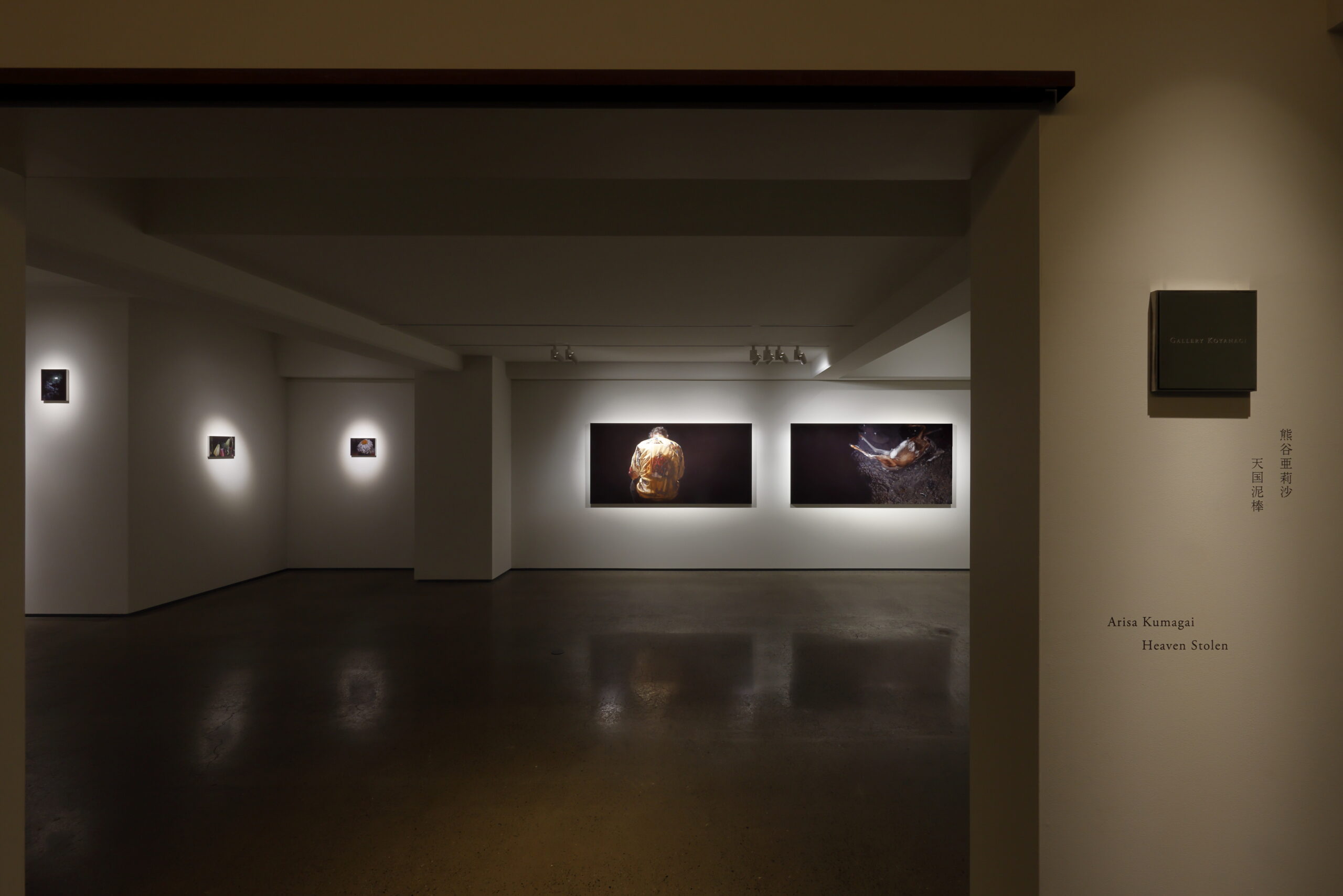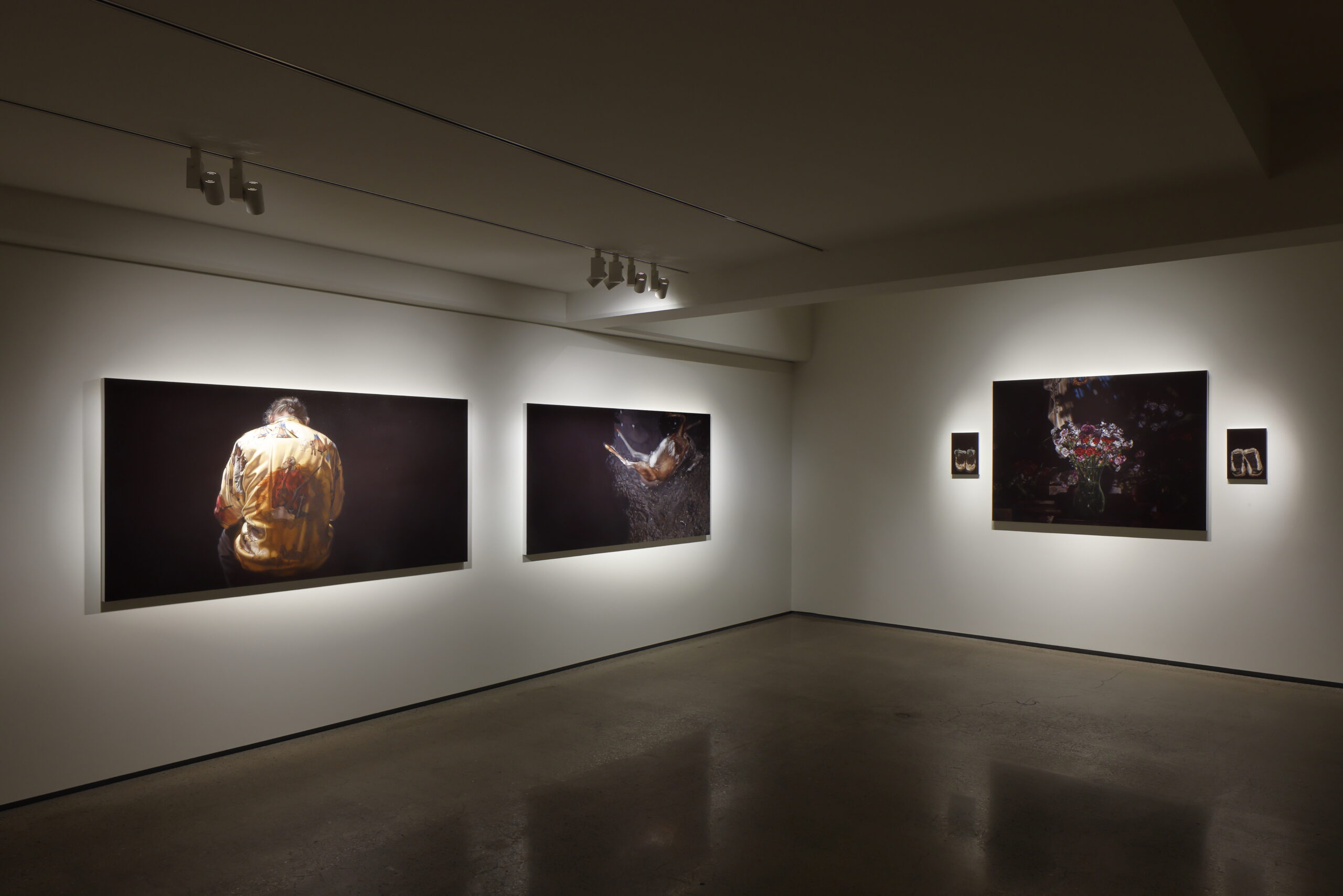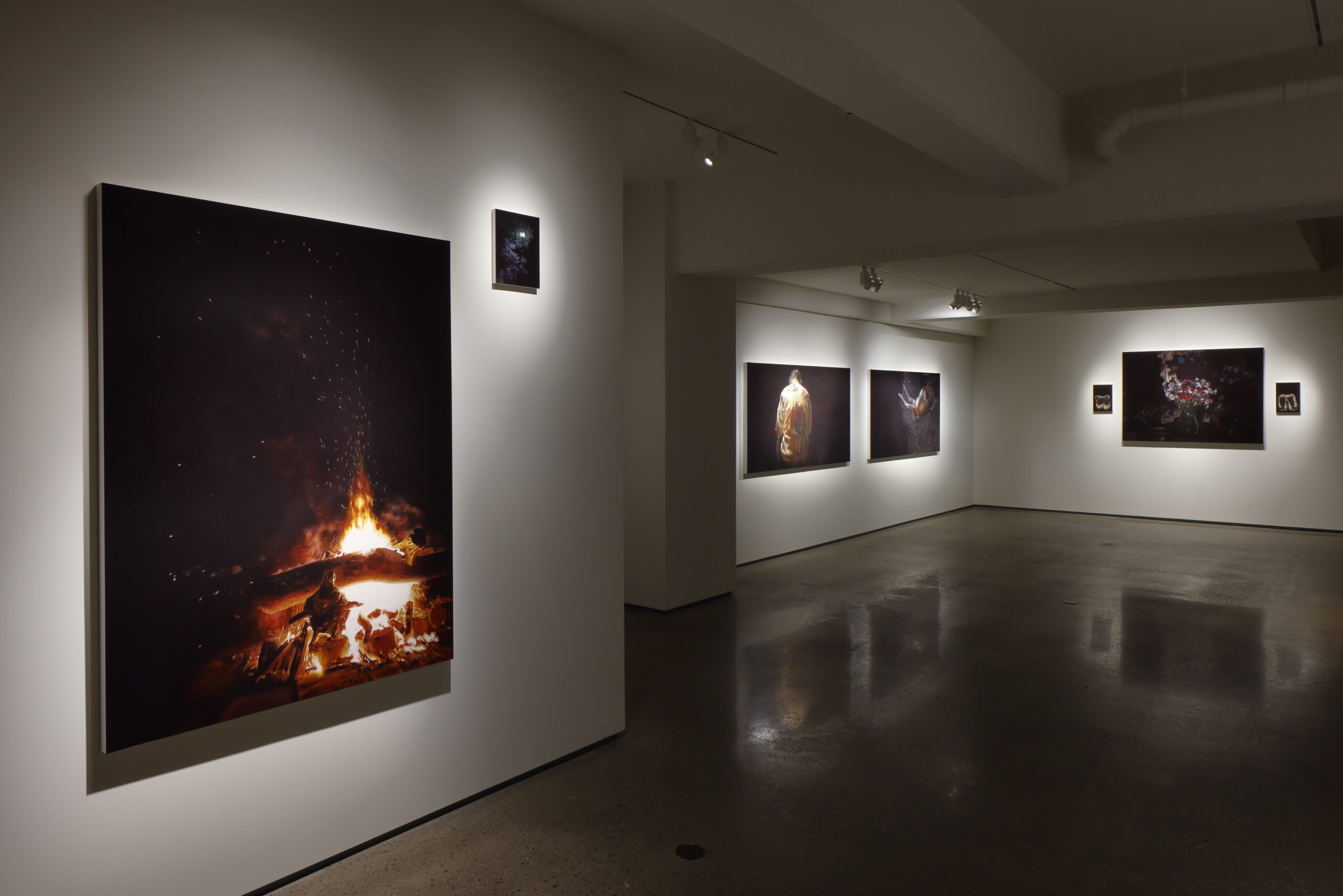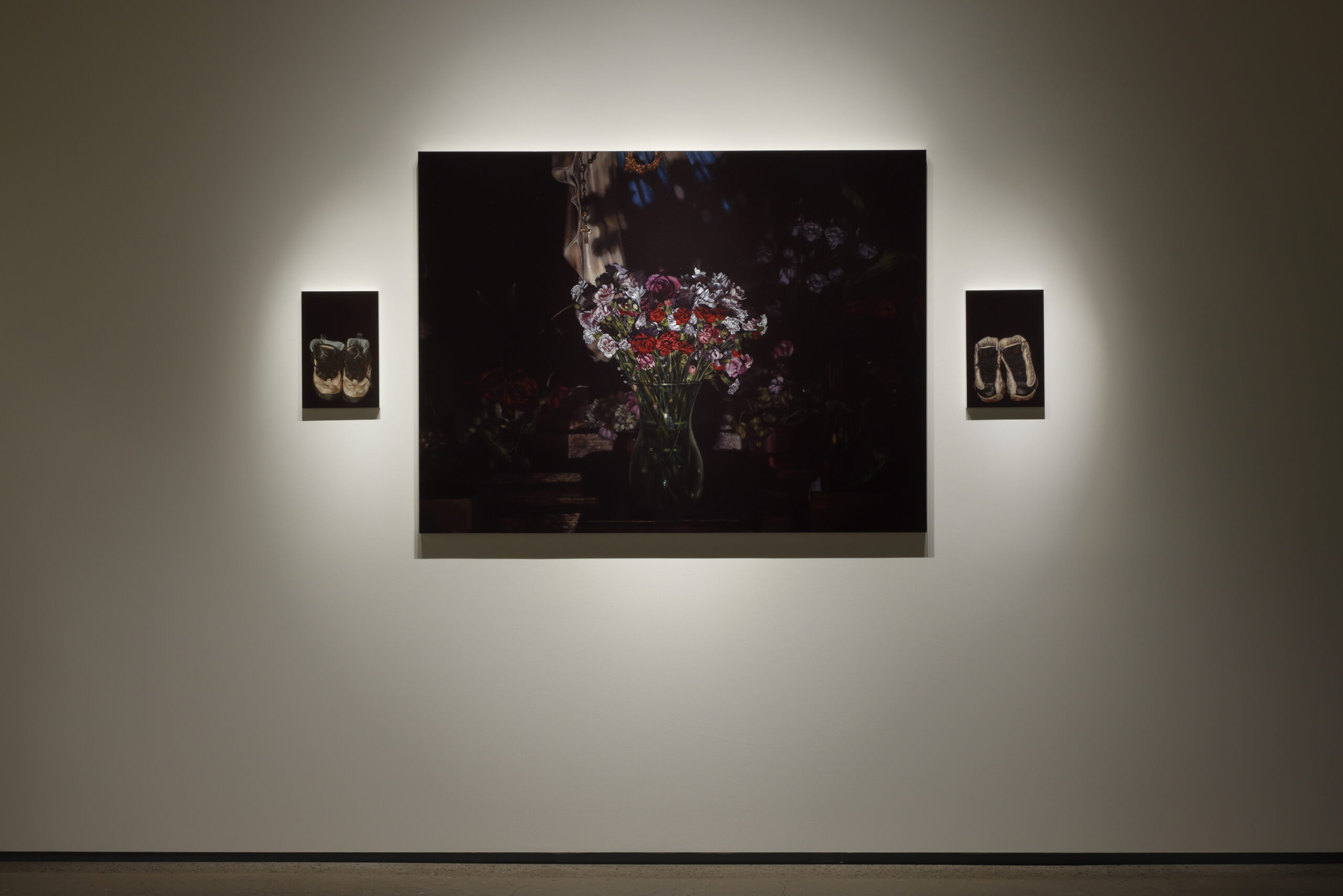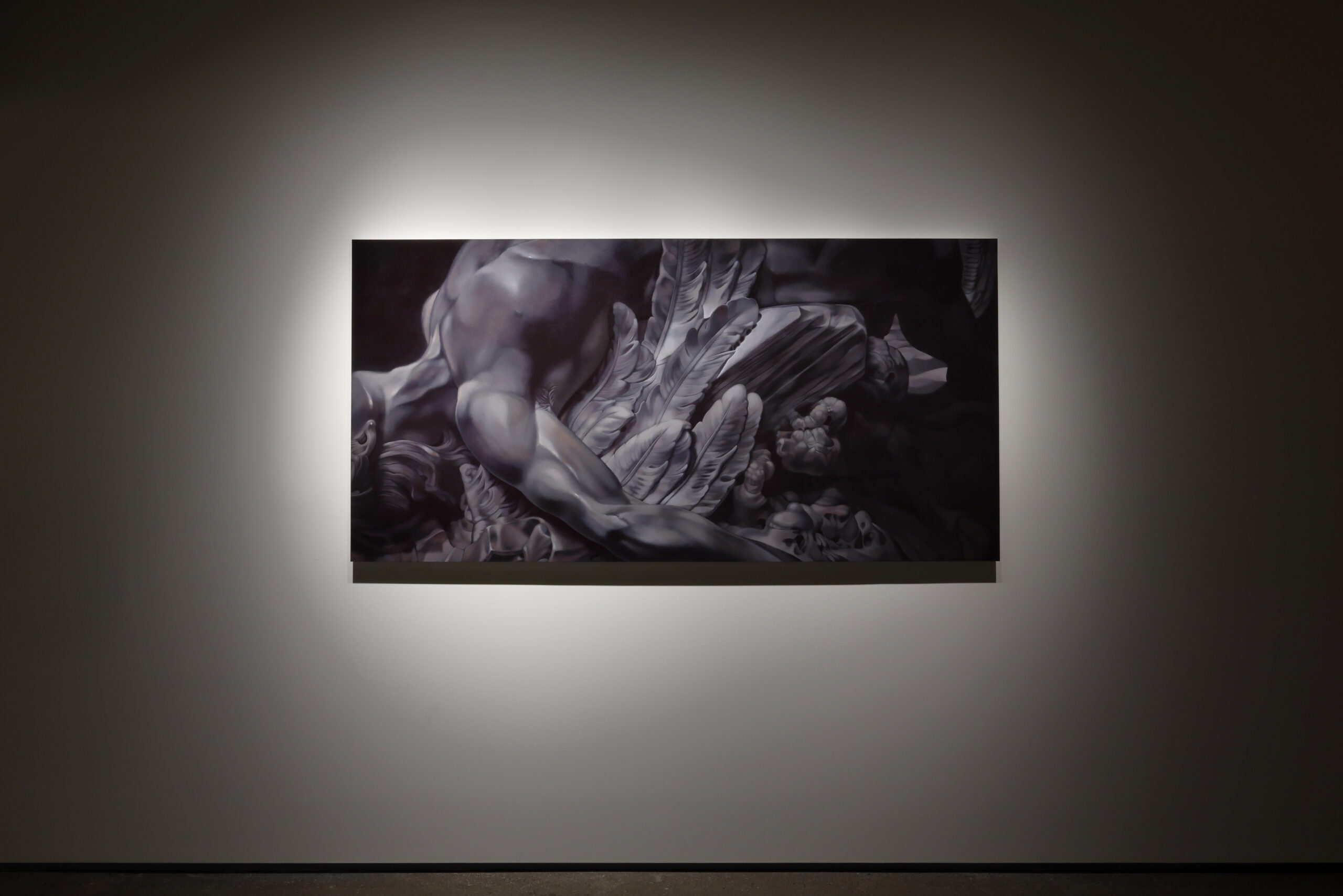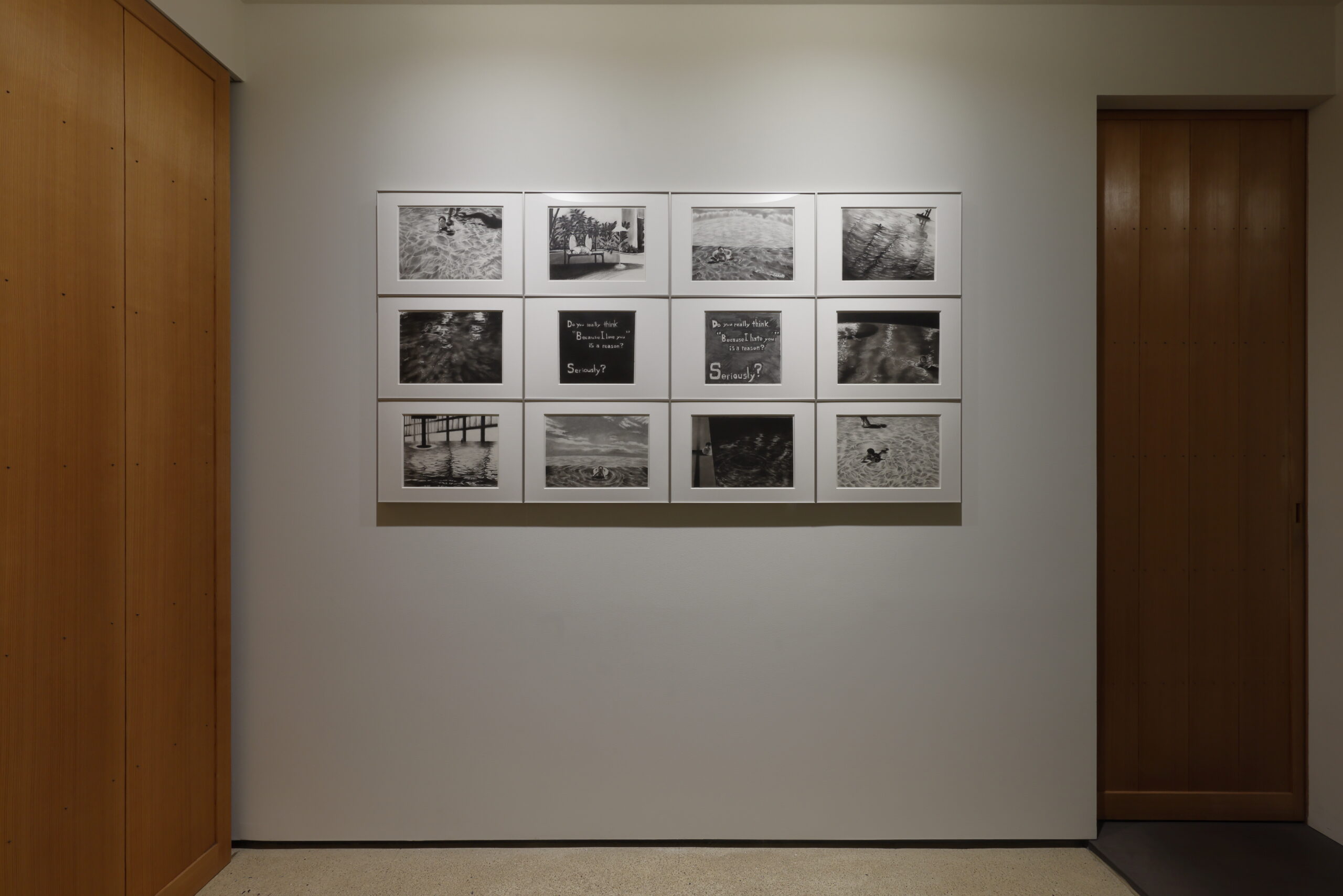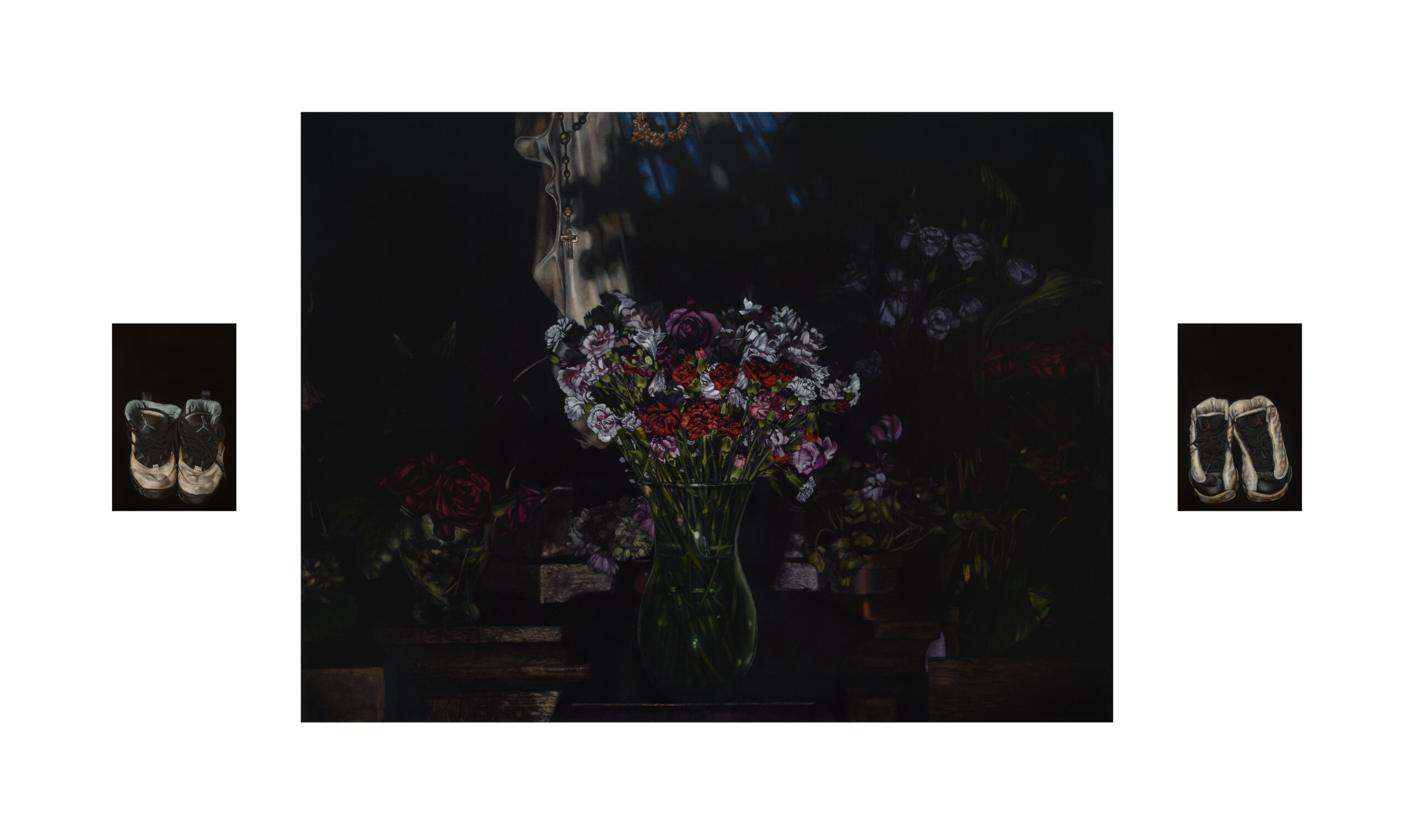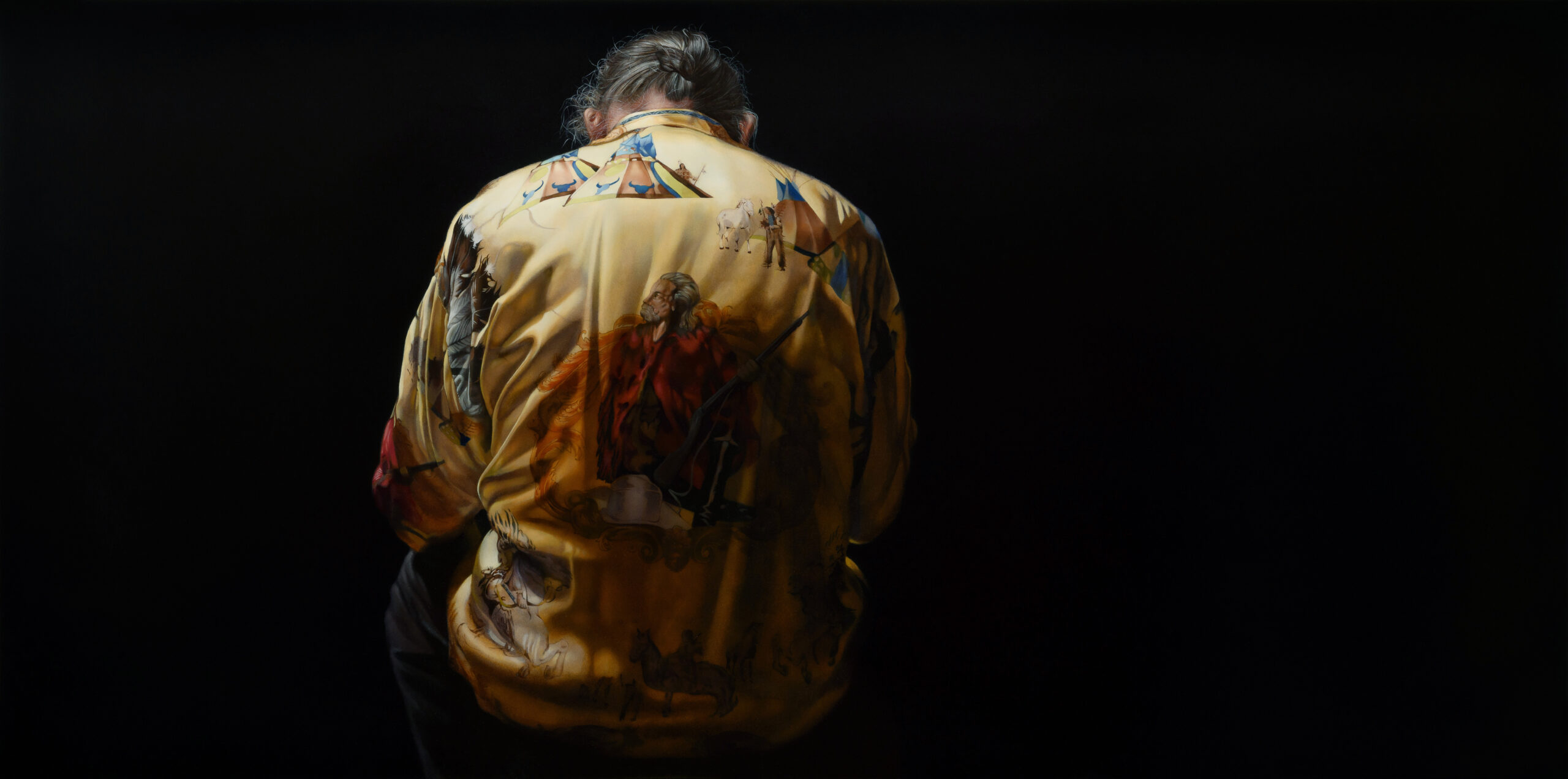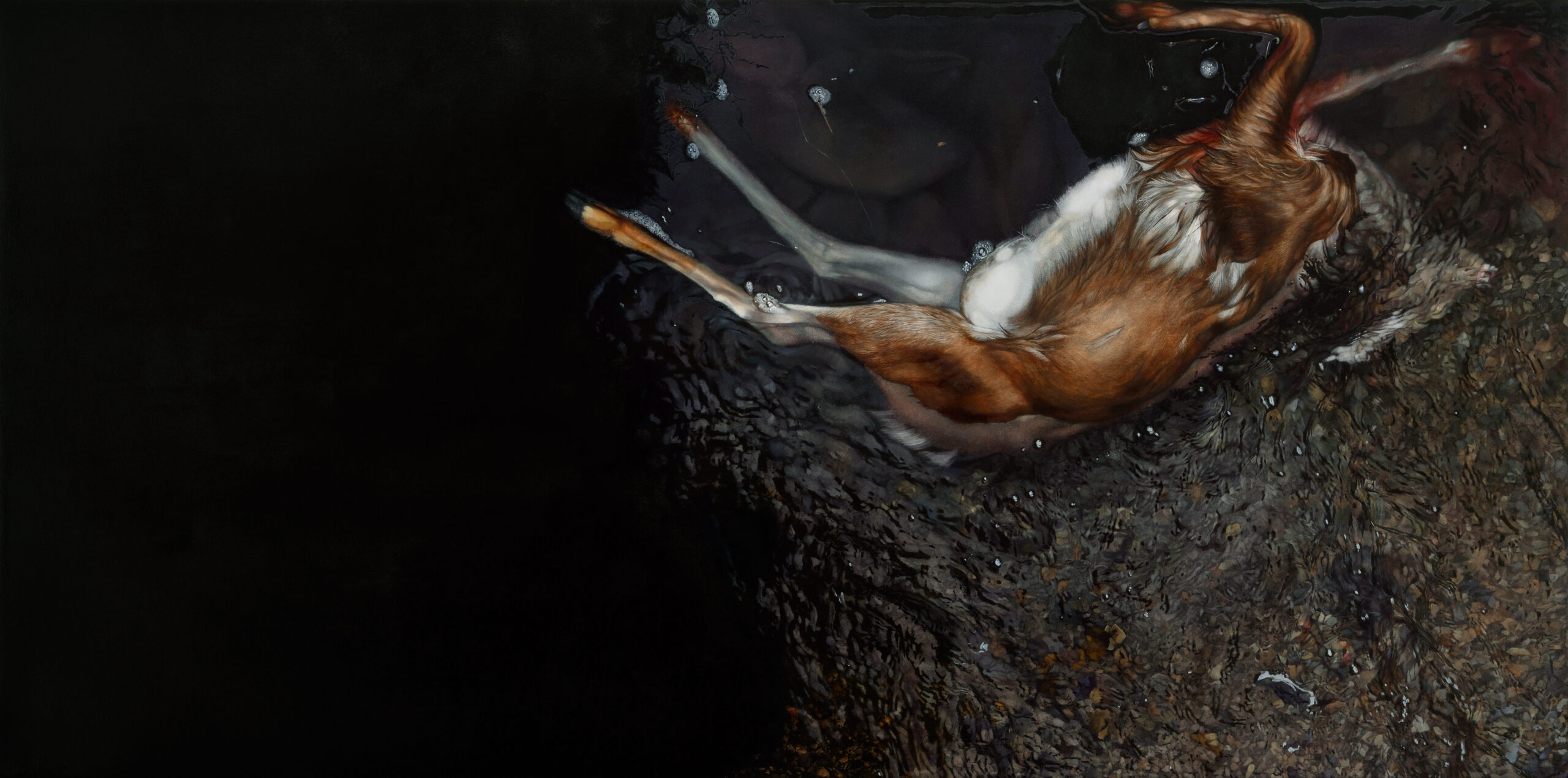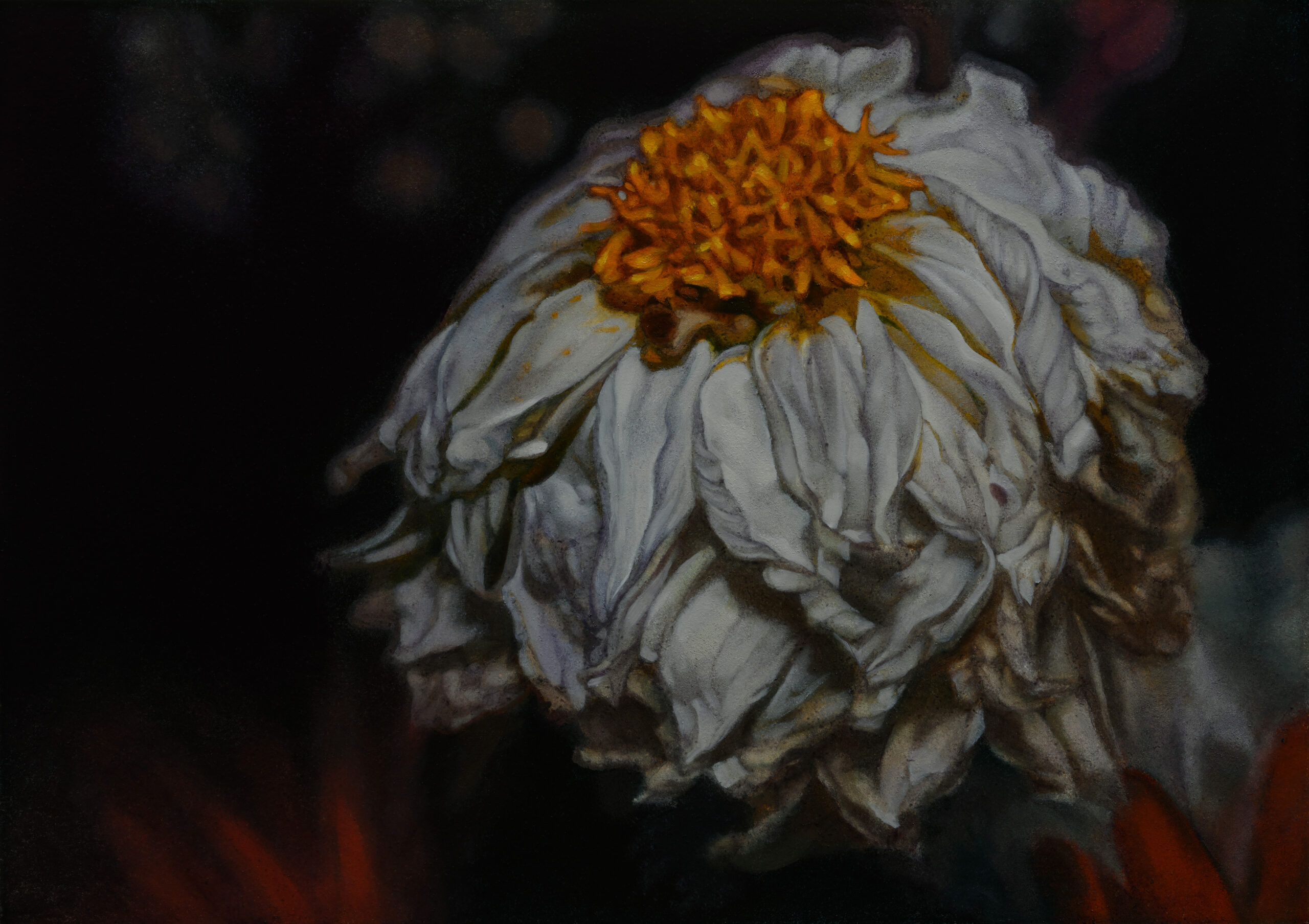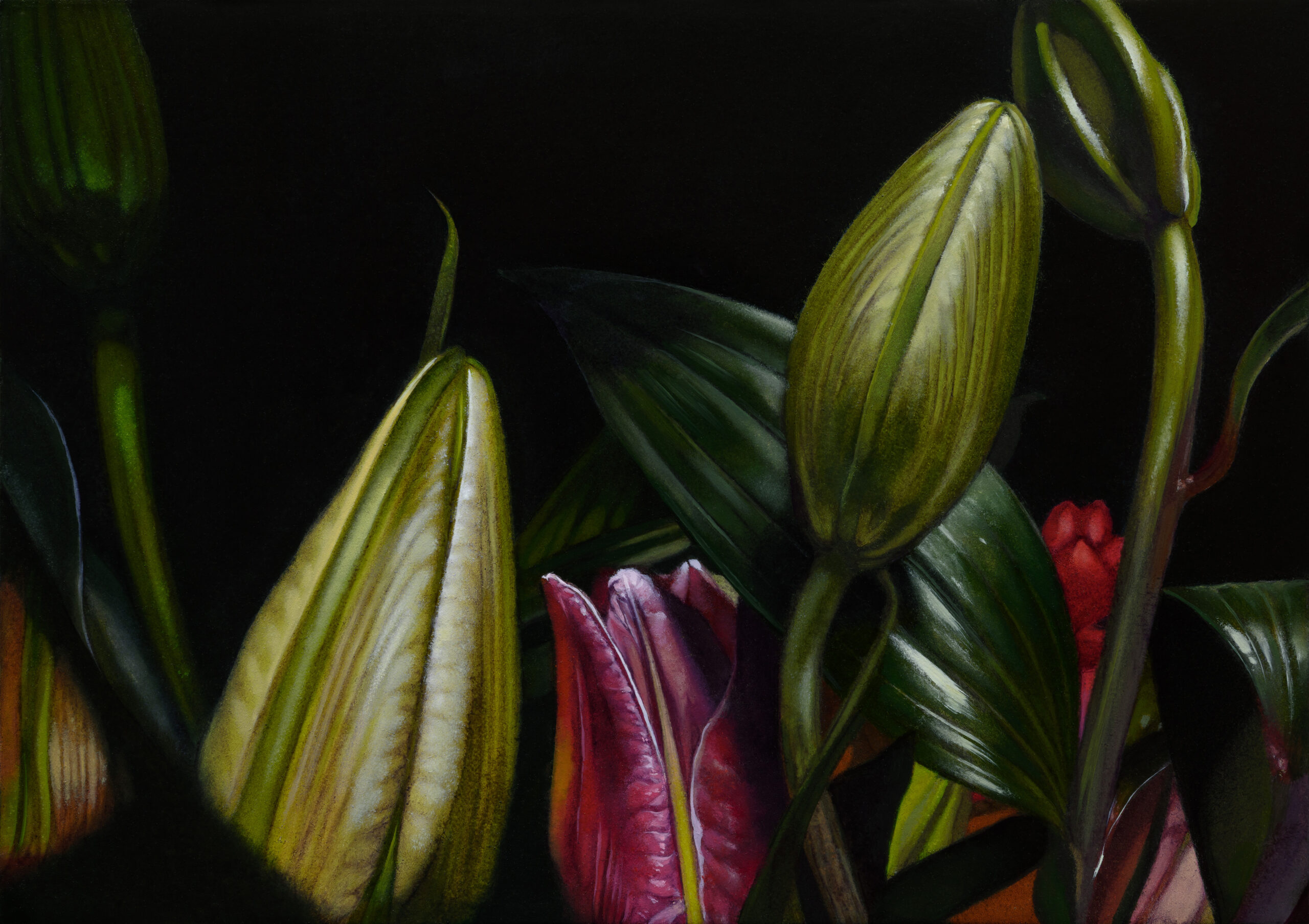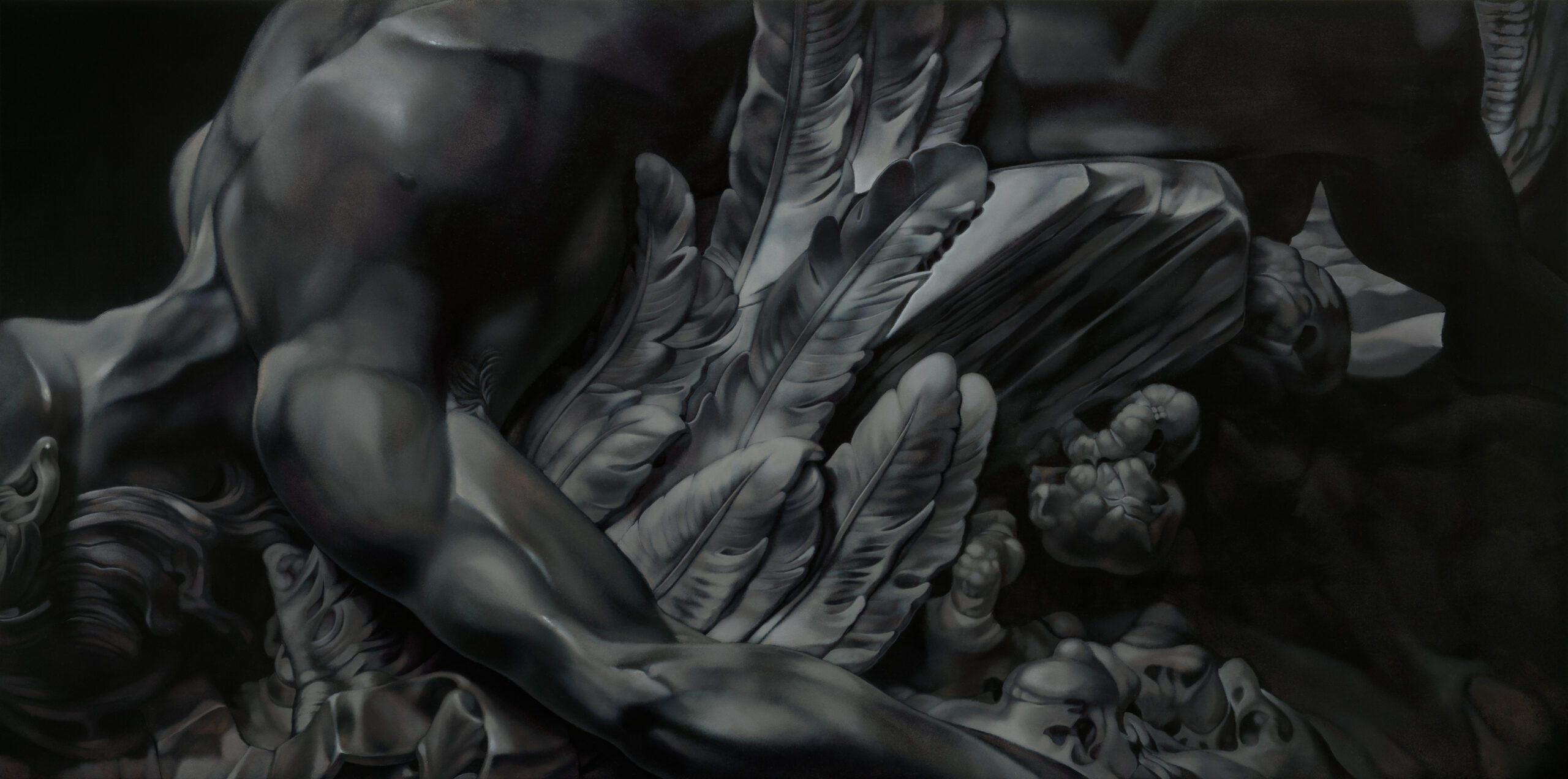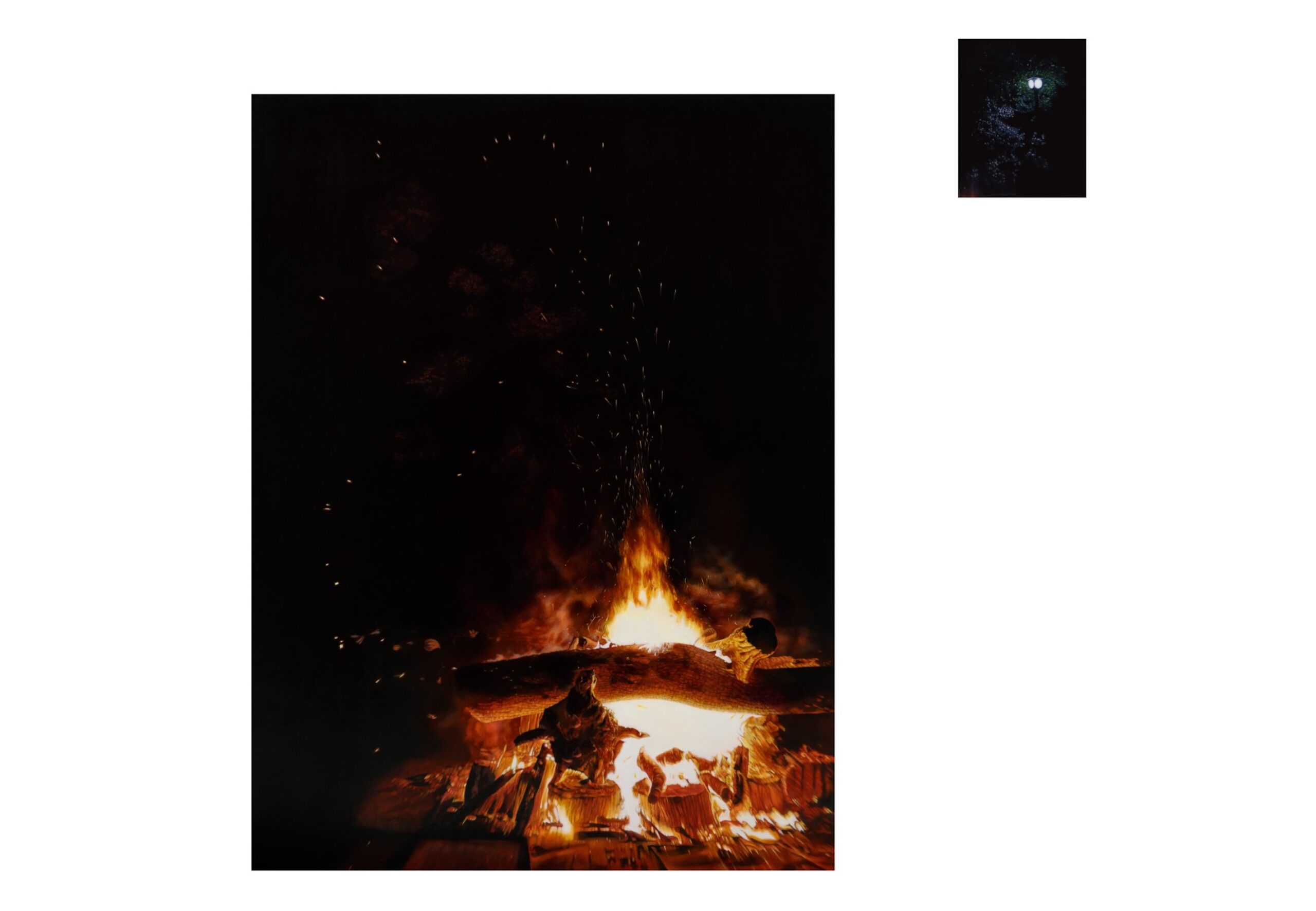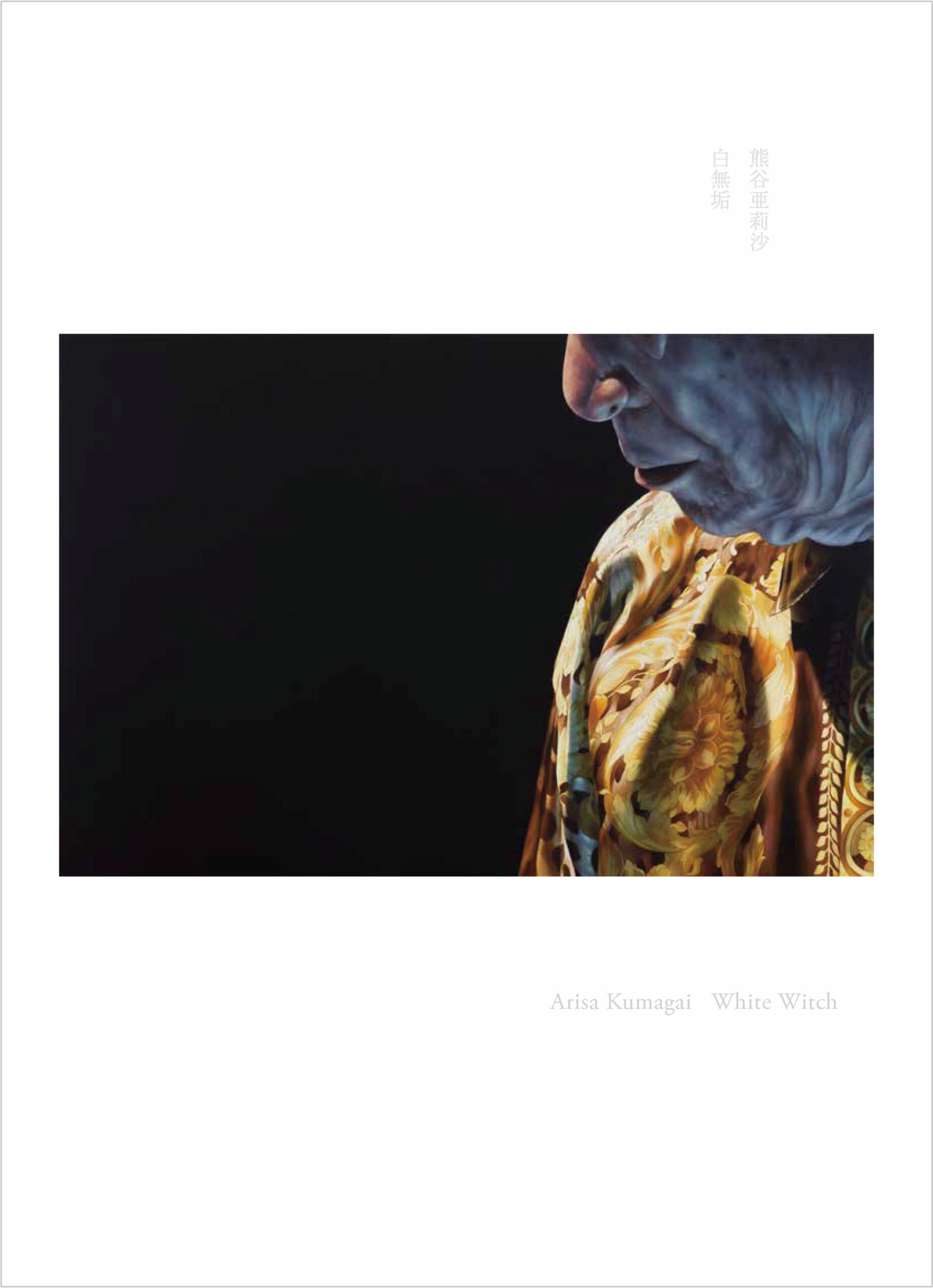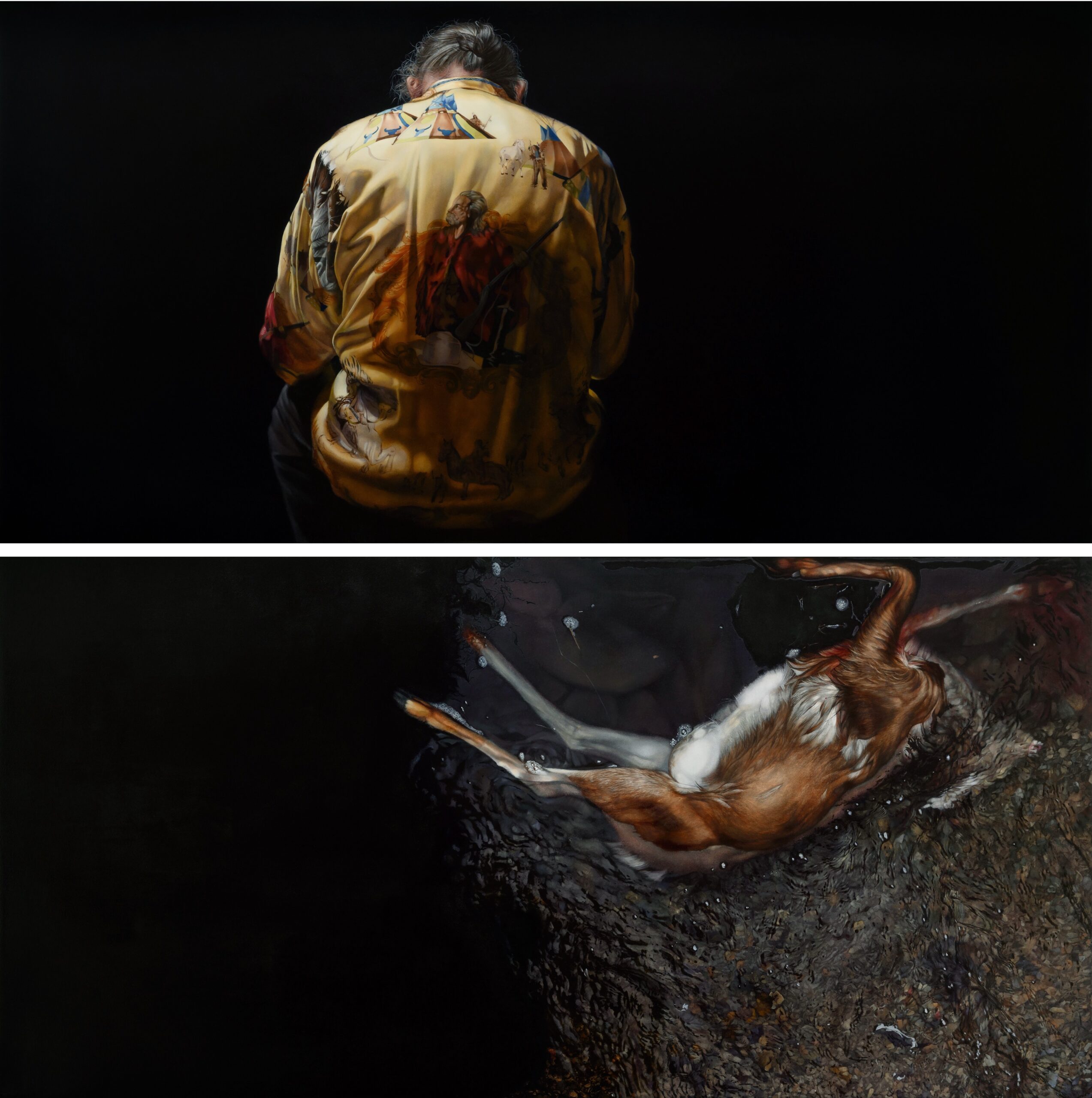
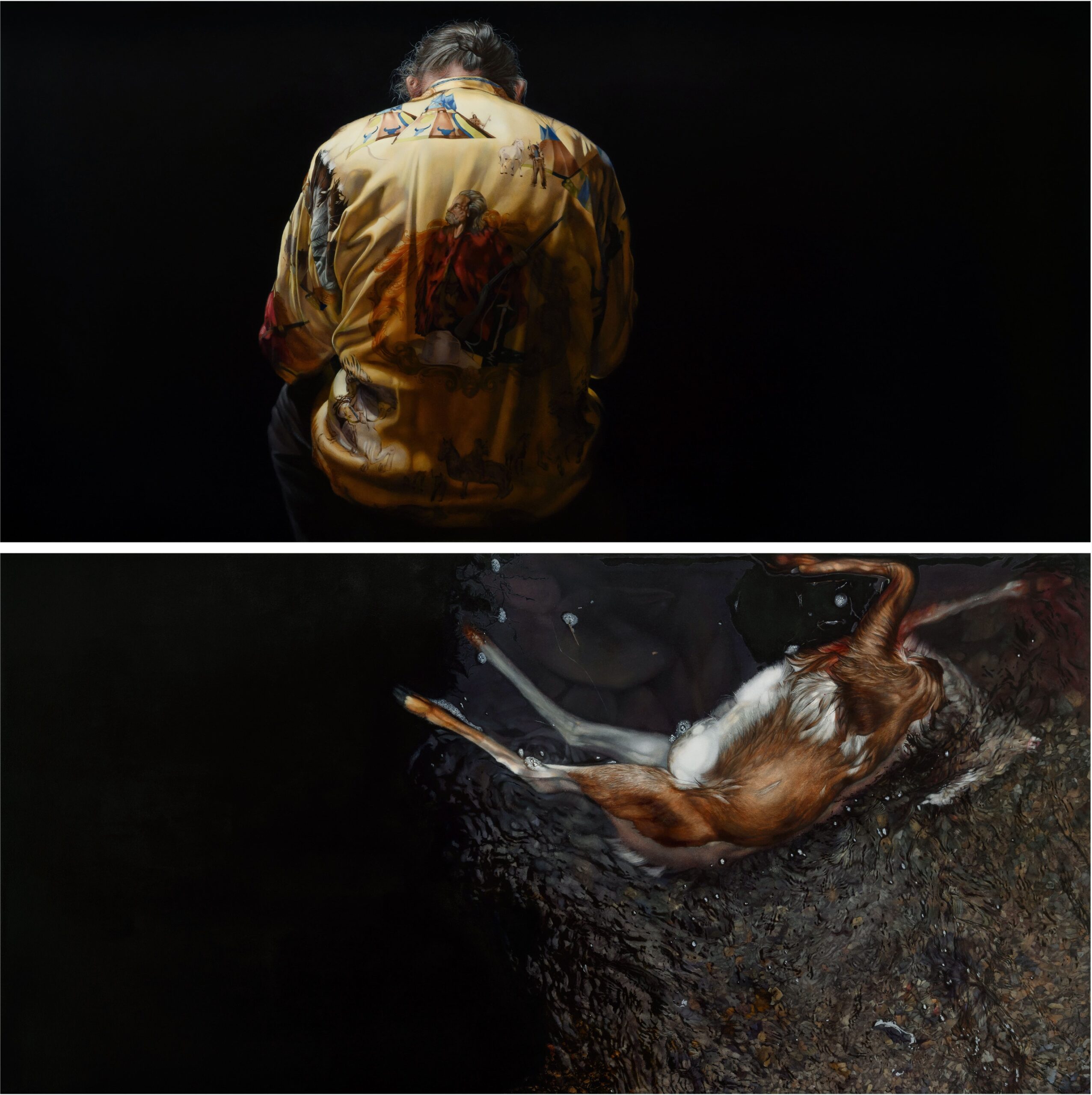
Arisa Kumagai|Heaven Stolen
Saturday, August 23 - Saturday, October 11, 2025
12:00-19:00
*Closed on Sundays, Mondays, National Holidays.
Heaven, cannot be stolen. No true thief exists.
There are only people who think “Maybe that person is a thief.” “That person is a thief.” “Maybe I’m the thief.” “I am a thief.”
But for those who think this way, the “thief of heaven” becomes real.
Again and again, they blame others, then blame themselves, until they come to realize, the thief exists only within.
There are things, as countless as the stars, that we cannot forgive. And I too, may not be forgiven.
Heaven, simply is. It just exists.
Arisa Kumagai
READ MOREREAD LESS
Gallery Koyanagi is pleased to announce Heaven Stolen, a solo exhibition by Arisa Kumagai, which will be held from Saturday, August 23 to Saturday, October 11, 2025. This marks Kumagai’s fourth solo exhibition at Gallery Koyanagi, following Single bed in 2019, My yearning to be You in 2022, and …apparently God is forgiving in 2023, her first in two years.
Drawing on deeply personal motifs, her grandfather dressed in high-end Italian shirt from the family-run boutique, the adorned hands of her mother and other women wearing an eclectic mix of flamboyant jewelry, and flowers offered to her father who died alone, Kumagai’s work reflects universal themes such as wealth and poverty, life and death. Through these intimate recollections, she transforms private memory into works of art that transcend individual experience. Her dramatic imagery resonates with the viewer’s own memories and experiences, evoking a deep sense of empathy and connections to their personal life stories. In recent years, Kumagai has studied at a Catholic church and deepened her interest in the forms of faith she encountered during her time in New York and Paris. At the same time, she has also begun to depict motifs of prayer rooted in Japanese culture. She is now entering a new phase of expression, weaving together her paintings with poems of her own creation.
The unforgettable and striking title of this exhibition, Heaven Stolen, meaning thief of heaven, is drawn from Christian belief. It is said that some use this phrase in Japan to refer to those who receive baptism as death approaches. Heaven is the place where the souls of the faithful find eternal peace in the presence of God. In principle, entry to heaven is not determined by one’s deeds, but is a path open to all who believe in Jesus Christ. Yet for those who have devoted their lives to serving God, the so-called “thief of heaven,” someone who turns to faith only at the hour of death, may appear opportunistic, even prompting thoughts like “How unfair” or “How sly.” Kumagai acknowledges that this raw, undeniable human response resonates with her own inner experience. It may be that love and hate, though opposites, are inseparable, and that this tension lies at the root of our emotional being.

The triptych titled “It’s OK. It’s OK. It’s OK.” features a composition of small sneakers and flowers in a vase. The worn-out children’s shoes are said to have been given by a man to his child, a man who had once been violent toward the child, grew estranged from his family, and eventually died alone. The phrase “It’s OK,” used as a title, may at first sound gentle, but its rapid repetition three times conveys the artist’s anger toward the ongoing and unresolved issue of child abuse. Beyond the flowers, one sees a statue of the Virgin Mary, a symbol of unconditional love, and a small cross gently swaying at the end of a rosary. It is as if one can hear a quiet prayer, wishing for the protection of children who are suffering somewhere in the world, right at this moment.

“Say yes to me” is a work born out of Kumagai’s reverence for the beauty and terror inherent in the primitive. On a canvas the size of a single bed, in keeping with Kumagai’s distinctive style, she depicts a young deer, shot and exposed in a river. Since ancient times, the motifs of the river and deer have been revered in sacred spaces across cultures. Yet they are also objects of fear, beings that hold within them an inherent duality. Kumagai combined this work with a piece from her “Leisure Class” series, which she had been developing since her student days. The term Leisure Class refers to those who consume luxury goods to display social prestige, and it is deeply connected to Kumagai’s personal background. A closer look at the bold pattern on the man’s silk shirt reveals the barrel of a gun pointing toward the young deer depicted in the adjacent panel, an image that can be read as an allusion to the ongoing racial tensions that persist in contemporary society. A total of six new paintings, including four other large-scale and smaller oil works in addition to the mentioned two, as well as ten drawings will be on display.
A reception will be held on the opening day, Saturday, August 23, from 5:00 to 7:00 PM, with the artist in attendance. An artist talk is also planned for the same evening. We would be grateful for your interest and coverage of this occasion.
Arisa Kumagai Booklet Release Announcement
In conjunction with the exhibition, Gallery Koyanagi will release a limited-edition booklet of works by Arisa Kumagai, titled Shiro-muku/White Witch, in an edition of 500 copies. Among them, 10 copies will be available as special editions, each accompanied by one or two original drawings. These original drawings will be on view in the gallery’s viewing room throughout the exhibition period.
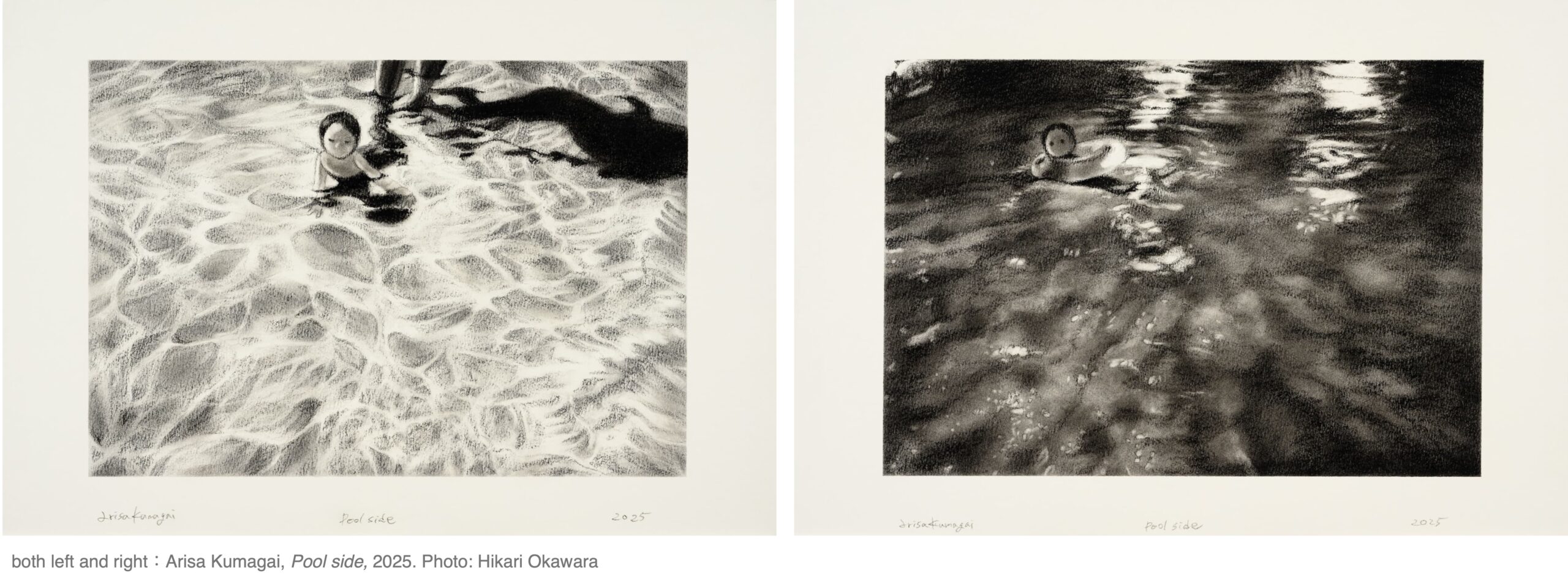
Author’s Comment
In Japan, a pure white kimono is traditionally worn only at birth or in death.
But only women, at the threshold between life and death, are allowed to wear the shiro-muku.
By wearing this white wedding kimono, a woman metaphysically dies as the daughter of her birth family and is reborn as the daughter of the husband’s family.
Even if this custom is rooted in a patriarchal system, for me,
the act of dying once and being reborn felt like a dream.
It wouldn’t be an exaggeration to say that the witch is a symbol of gruesome history in which countless innocent people were burned.
“White Witch” may be taken to mean a good witch, but that is not the intention at all.
Who gets to say who’s a good witch? And who lit the flames, branding others as bad?
In recent years, the word “witch” has often been used as a symbol of empowerment.
It is through the currents of history and time that meanings evolve, gaining power even through contradiction.
This booklet brings together a selection of my paintings exhibited at Gallery Koyanagi along with newly written poems.
Silence filled with contempt, pure prayers, raging torrents of anger, dizzying opulence; let me kiss the feet of God.
I offer my heartfelt thanks to Ms Atsuko Koyanagi, and everyone at Gallery Koyanagi,
who handed me a wand and said, don’t hide your horns and become a witch.
Arisa Kumagai
***
Bibliographic information
Title: Shiro-muku/White Witch
Author: Arisa Kumagai
Text: Tomoko Yabumae (Museum of Contemporary Art Tokyo)
Design: Rie Shimoda
Published by: Gallery Koyanagi
Translation: Tomoko Araki
Language: Japanese and English
Pages: 20 pages
Format: A4 size
Price:
Regular Edition: ¥1,500 (tax included)
Special Edition (includes one or two framed original drawing(s)):
¥198,000 – ¥275,000 (tax included)
*Prices vary depending on the drawing.
*The original drawings will be exhibited in the Viewing Room at Gallery Koyanagi during the exhibition period.
Please note that there may be a waiting time during busy hours.
*If you are unable to visit the gallery and wish to purchase a booklet, please contact us at: mail@gallerykoyanagi.com.

